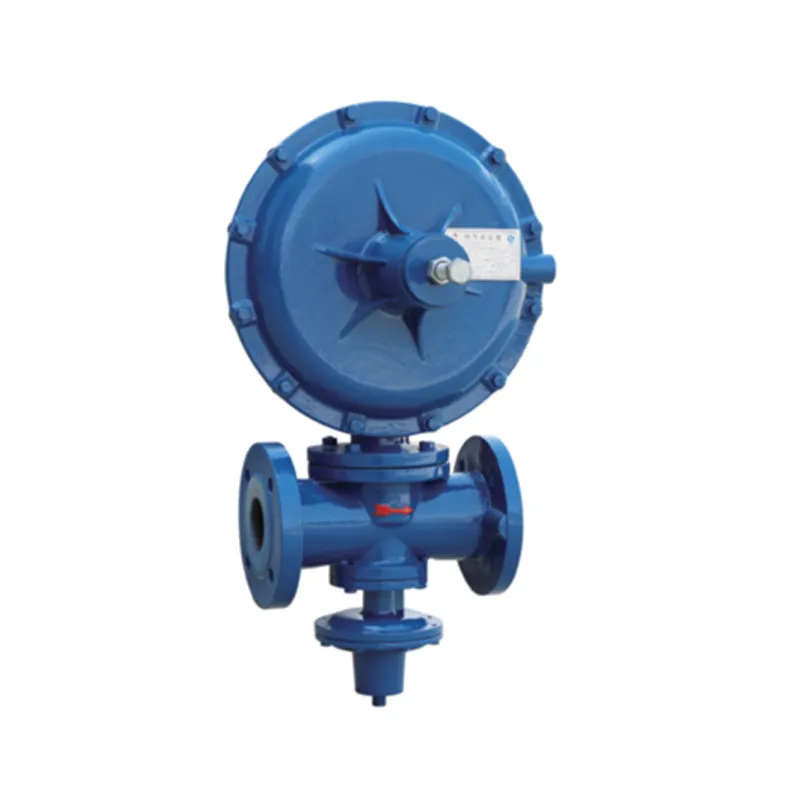
Nov . 06, 2024 14:53
Back to list
Natural Gas Pressure Reduction Station Overview and Operations Insights
Natural Gas Pressure Reduction Stations An Essential Component of Energy Infrastructure
Natural gas is one of the most widely used energy sources in the world, playing a crucial role in both residential and industrial sectors. As the demand for natural gas continues to rise, ensuring its safe and efficient delivery becomes paramount. Among the critical components of the natural gas supply chain is the Natural Gas Pressure Reduction Station (NGPRS). This article explores the purpose, operation, and significance of these stations within the energy infrastructure.
What is a Natural Gas Pressure Reduction Station?
A Natural Gas Pressure Reduction Station is a facility designed to lower the pressure of natural gas before it is distributed to consumers. High-pressure gas is transported through pipelines from production sites to various distribution points. However, this gas needs to be delivered at a much lower pressure to ensure safe usage in homes and businesses. The NGPRS plays a pivotal role in adjusting the pressure to suitable levels, typically ranging from 60 psi (pounds per square inch) to less than 10 psi.
The Importance of Pressure Reduction
The journey of natural gas begins at extraction sites, where it is often found under high pressure. Transporting gas at these pressures over long distances is efficient; however, high-pressure gas can pose safety risks, including potential leaks and explosions if mishandled. Pressure reduction not only ensures the safety of the gas distribution system but also helps maintain the integrity of the pipeline infrastructure. Properly regulated pressure minimizes wear and tear on pipelines and reduces the likelihood of failures.
How Does an NGPRS Operate?
.
1. Inlet Separator This component removes any liquids or solid particles from the gas line before it enters the pressure reduction process. This is critical in preventing damage to downstream equipment.
محطة تخفيض ضغط الغاز الطبيعي

2. Pressure Regulators These devices are the heart of the pressure reduction process, automatically controlling the gas pressure based on inlet and outlet parameters. Regulators can be adjusted to ensure consistent pressure levels, adapting to fluctuations in gas demand.
3. Heaters In colder climates, gas can decrease in temperature during pressure reduction. To prevent issues such as hydrate formation, heaters are used to ensure the gas remains at a suitable temperature.
4. Flow Measurement Accurate flow measurement systems allow operators to monitor the volume of gas being distributed, ensuring that supply meets demand efficiently.
5. Control Systems Modern NGPRS are equipped with advanced control systems, including SCADA (Supervisory Control and Data Acquisition) for real-time monitoring and control. These systems provide essential data to operators, ensuring safe and efficient operations.
The Broader Implications of NGPRS
NGPRS are not only vital for individual gas consumers but also play a significant role in the larger energy landscape. By facilitating the safe and efficient delivery of natural gas, they contribute to energy security, economic stability, and environmental sustainability. As countries around the world transition towards cleaner energy sources, natural gas often serves as a bridge fuel. A reliable and well-maintained pressure reduction infrastructure supports this transition by ensuring that natural gas remains a viable energy option.
Moreover, with the increasing interest in renewable energy, such as biogas or hydrogen, NGPRS might evolve to accommodate varying gas compositions. This flexibility will enhance the resilience of energy systems, allowing them to adapt to changing energy demands and technologies.
Conclusion
Natural Gas Pressure Reduction Stations are an essential component of the natural gas delivery system, ensuring the safe and efficient distribution of gas to consumers. They play a crucial role in regulating pressure, preventing potential hazards, and maintaining the integrity of pipeline networks. As the energy landscape continues to evolve, embracing new technologies and renewable sources, the importance of NGPRS will only grow. Investing in these facilities not only supports energy security but also contributes to the broader goals of sustainability and resilience in our energy systems. With proper management and innovation, the future of natural gas distribution can remain safe, efficient, and responsive to the needs of society.
Latest news
-
Safety Valve Spring-Loaded Design Overpressure ProtectionNewsJul.25,2025
-
Precision Voltage Regulator AC5 Accuracy Grade PerformanceNewsJul.25,2025
-
Natural Gas Pressure Regulating Skid Industrial Pipeline ApplicationsNewsJul.25,2025
-
Natural Gas Filter Stainless Steel Mesh Element DesignNewsJul.25,2025
-
Gas Pressure Regulator Valve Direct-Acting Spring-Loaded DesignNewsJul.25,2025
-
Decompression Equipment Multi-Stage Heat Exchange System DesignNewsJul.25,2025

